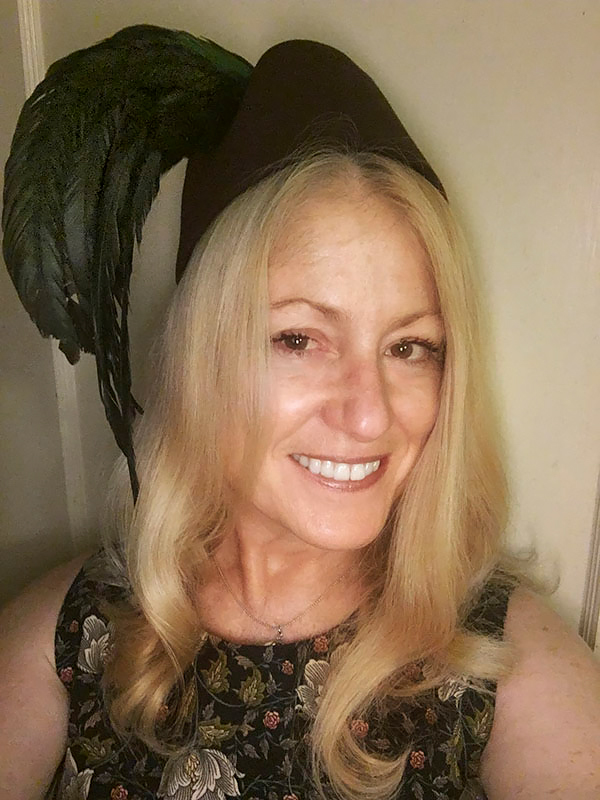Lori Pond is an artist using the photographic process to explore the human condition as seen through the conflict of good vs. evil, contemporary anxiety and the impermanence of all things.
She received a B.S. in Music Performance and Spanish from Indiana University and an M.A. in Broadcast Journalism from USC before embarking on a career in television, where she is a graphic artist at Conan O'Brien's talk show, "Conan." She splits her time between this and her fine art photography.
Her work has been included in numerous solo shows at institutions such as: The Griffin Museum of Photography, (Boston) Oceanside Museum of Art, University of the Arts (Philadelphia) and Gallery 825 in Los Angeles. Lori has exhibited in over 30 group shows around the globe.
Lori's body of work, "Bosch Redux," has been featured in online publications and interviews, such as: Beta Developments in Photography, Adobe Create, LENSCRATCH, Peripheral Vision Arts Salon and Your Daily Photograph. Hard copy publications of her photography have appeared in The Sun Magazine, Seeing in Sixes, Arboreal, Bosch Redux and Self.
Lori's art can be found in the permanent collections of : The Center for Fine Art Photography, Morgan Stanley headquarters and The Center for the Arts, Los Angeles.
She lives and works in Los Angeles.
